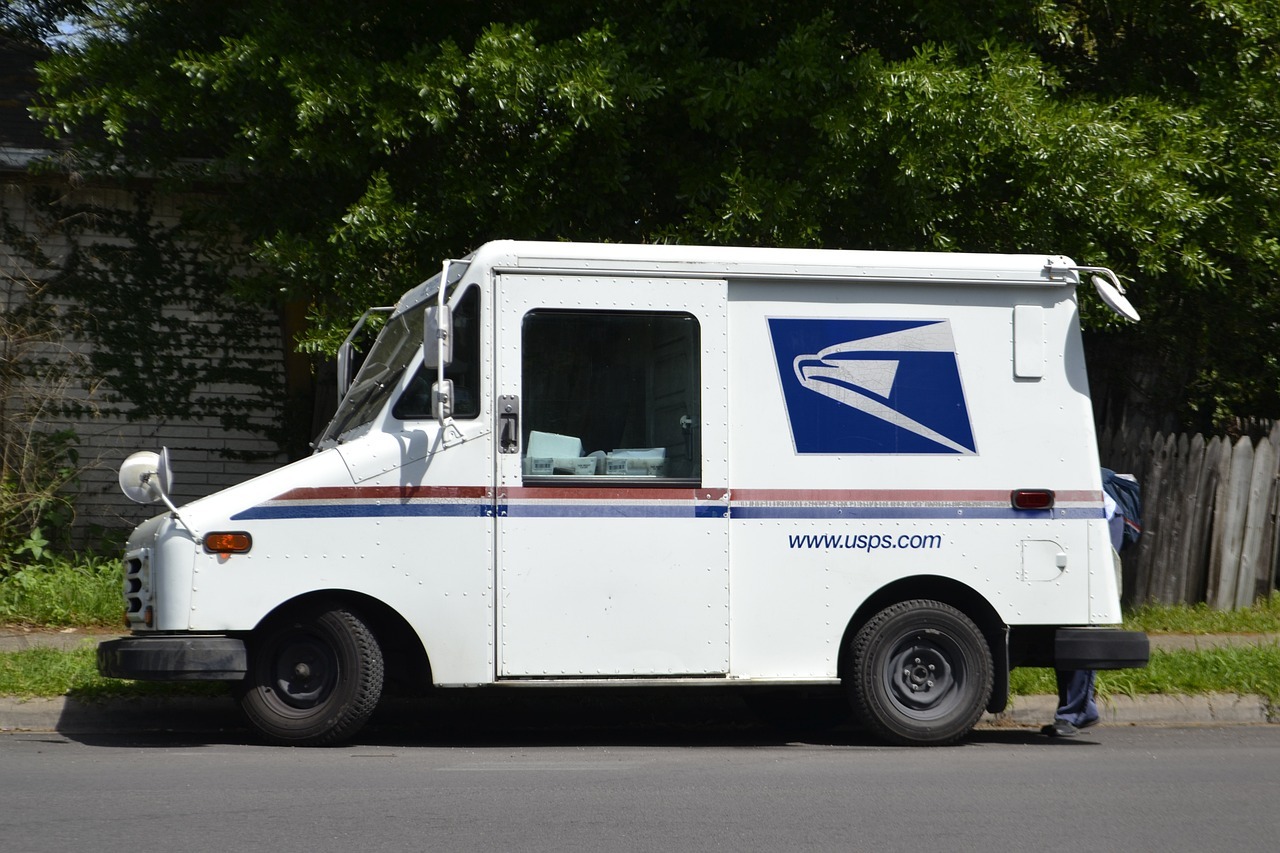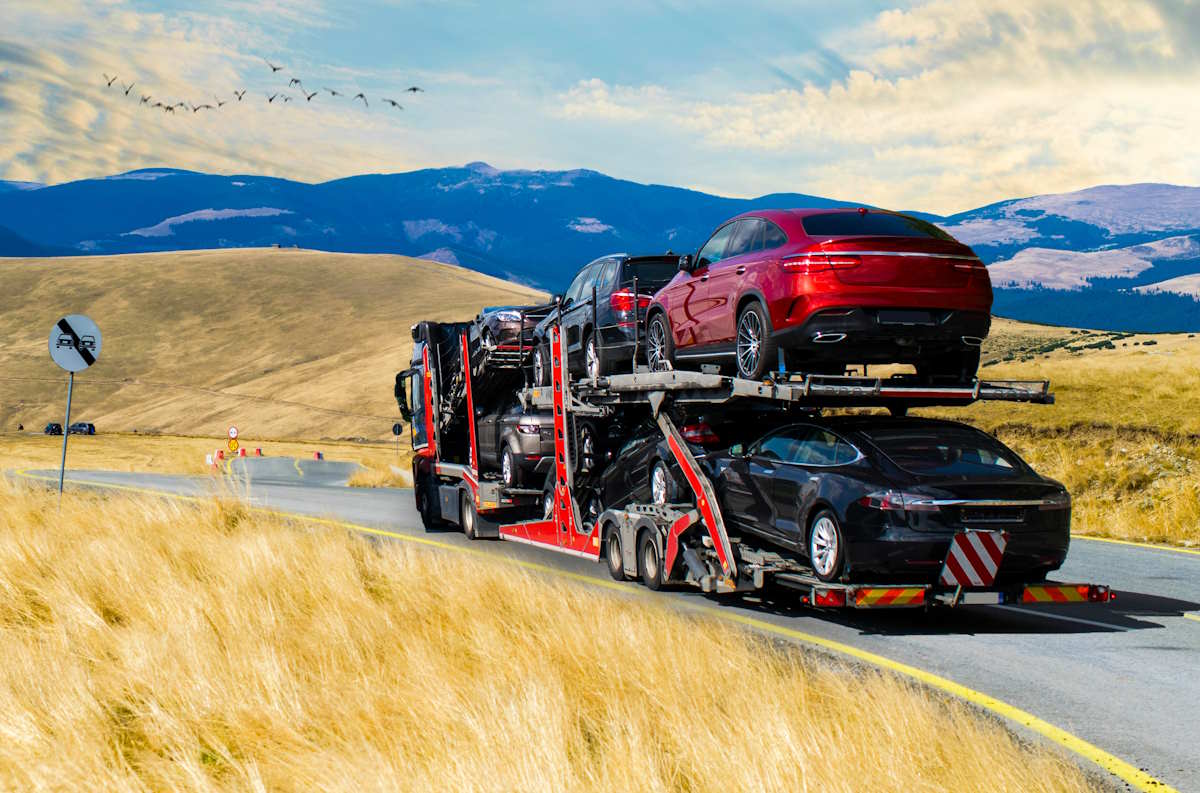There’s something powerful about being able to say, “I’ve got this”—even when you’re well into your 70s or 80s. More than ever, seniors are prioritizing independence. They’re grocery shopping on their own, going for walks in the neighborhood, and taking road trips to visit the grandkids. But with that freedom comes a common concern: What happens if something goes wrong and no one’s around to help?
That’s where mobile medical alert systems come in. These compact devices aren’t just about emergencies—they’re about preserving autonomy without sacrificing safety. Brands like Life Assure offer solutions that blend into everyday routines, giving seniors and their families one less thing to worry about.

The Shift from Stationary to Mobile
Traditional medical alert systems had one major limitation: they were tied to the home. Most required a base station with a limited range, meaning they only worked while you were inside your house—or sometimes just in the same room.
But today’s seniors don’t stay put. They walk dogs, volunteer, attend book clubs, and even travel. That mobility created a demand for something more flexible—and technology answered. Modern mobile alert systems use cellular networks and GPS to offer coverage anywhere there’s signal, whether you’re downtown or across the country.
The result? Seniors can step outside with confidence, knowing they’re still protected.
What Makes a Mobile Medical Alert “Smart”
Mobile doesn’t just mean portable anymore. Many of today’s devices are equipped with smart features designed to do more than just call for help. Here’s a quick look at what seniors (and caregivers) can expect:
- GPS location tracking: This allows emergency responders to pinpoint your exact location—especially important if you’re disoriented or unconscious.
- Two-way voice communication: Some devices act like mini phones, letting you speak with an emergency operator directly through the pendant or wristband.
- Automatic fall detection: This feature can sense a fall and trigger an alert even if the user can’t press the button.
- Water-resistant design: Many are safe to wear in the shower, where a large percentage of falls occur.
- Battery alerts and remote monitoring: Caregivers can get updates if the battery is low or if the device hasn’t moved in a while.
These innovations combine to offer a real safety net—one that doesn’t interfere with someone’s lifestyle or independence.
Why Seniors Are Embracing the Tech
For a generation that didn’t grow up with smartphones or smartwatches, you might think these devices would feel foreign or invasive. But the reality is quite the opposite. Many seniors are quick to adopt mobile alert tech because:
- It’s simple: The buttons are big. The instructions are clear. The setup takes minutes.
- It gives peace of mind: Knowing help is just a button away makes it easier to stay active.
- It respects privacy: Mobile alert systems don’t record data, track behavior, or stream to apps unless users opt in.
- It feels empowering: Seniors don’t like to feel dependent—but they do like to feel safe. These devices offer both.
And for those who do use smartphones, many mobile alert services now offer companion apps for added customization and access.
Supporting the Sandwich Generation
Mobile medical alerts aren’t just a win for seniors—they’re a huge help for adult children and caregivers too. If you’re part of the “sandwich generation,” balancing your own family responsibilities with care for aging parents, the mental load is real.
Being able to check that your parent got home safely, receive a notification if there’s a fall, or just know they have emergency access when you’re not around can lift a huge emotional burden.
These systems don’t replace human support—they complement it. They make it possible for seniors to live independently while their families stay connected and informed without hovering.
Independence Doesn’t Mean Going It Alone
Let’s be real: aging isn’t about pretending you’re 25. It’s about finding smart ways to adapt while still doing what you love. That might mean taking the stairs more slowly, avoiding night driving—or investing in tools that offer backup when you need it.
Mobile medical alert systems hit that sweet spot. They don’t take over your life. They don’t shout “I need help.” They whisper it quietly when you do—and only when you do.
And because many devices are sleek, discreet, and even wearable as jewelry or smartwatches, they blend in. No stigma. No hassle.
Real-Life Scenarios That Highlight the Benefits
To really understand the impact of mobile medical alerts, it helps to look at real-world examples:
- The solo traveler: Joan, 74, loves visiting national parks. She wears her mobile alert pendant whenever she hikes alone. Last fall, when she slipped on a wet trail and couldn’t get up, her fall detection triggered a call for help. Within minutes, rangers had her location and came to assist.
- The urban commuter: Frank, 80, still takes public transit to meet friends downtown. One morning, he began feeling dizzy on the bus. He pressed his alert button, was connected to a responder, and received help at the next stop—all without needing a phone.
- The caregiver’s peace of mind: Megan works full-time and cares for her mom, Alice, who lives alone. Through her mom’s mobile alert system, Megan gets notified if anything unusual happens—without constantly checking in. It lets her focus on work and parenting without guilt.
These aren’t hypotheticals. They’re becoming more common every day.
Affordability and Access: It’s Getting Better
One of the biggest barriers to tech adoption in older demographics has always been cost. But mobile medical alert systems are becoming more affordable and widely covered by insurance, assistance programs, or even tax credits in some regions.
Some providers offer no-contract plans, free equipment, or discounts for seniors, veterans, or bundled services. And considering the potential cost of a hospital visit from a fall or delay in care, the monthly investment is modest—and often preventative.
It’s worth checking what benefits are available locally or through senior health support networks.
Choosing the Right Device: What to Look For
If you’re shopping for a mobile alert system—whether for yourself or a loved one—there are a few key things to consider:
- Coverage area: Make sure the system works nationwide (or even internationally if needed).
- Battery life: Some devices last for days, others just hours. Know what fits your routine.
- Design: Will the user feel comfortable wearing it daily?
- Setup and support: Look for services with live help, easy onboarding, and no confusing tech.
- Backup options: Does it offer home base pairing, car adapters, or voice assistants?
Taking a bit of time to compare providers can make all the difference.
Technology Is Meeting Seniors Where They Are
One of the best things about this shift in medical alert systems is that they don’t expect seniors to meet the tech—they meet the seniors.
From simple interfaces to proactive support lines and even concierge-style setup, the design thinking behind mobile alert devices has finally caught up with real-life needs. It’s not about being tech-savvy. It’s about being life-savvy.
And the companies doing it right are those that focus on ease, dignity, and genuine support—not just shiny features.

Conclusion: Active Living With a Safety Net
Seniors today are living longer, fuller lives—and they’re doing it on their own terms. Mobile medical alert systems aren’t about limiting that freedom. They’re about protecting it.
Whether it’s a daily walk, an international trip, or just the peace of a solo morning coffee, these devices are changing the way we think about senior safety. Quietly, effectively, and with respect.
Independence doesn’t mean going without support. It means having the right tools to enjoy life, wherever it takes you.














